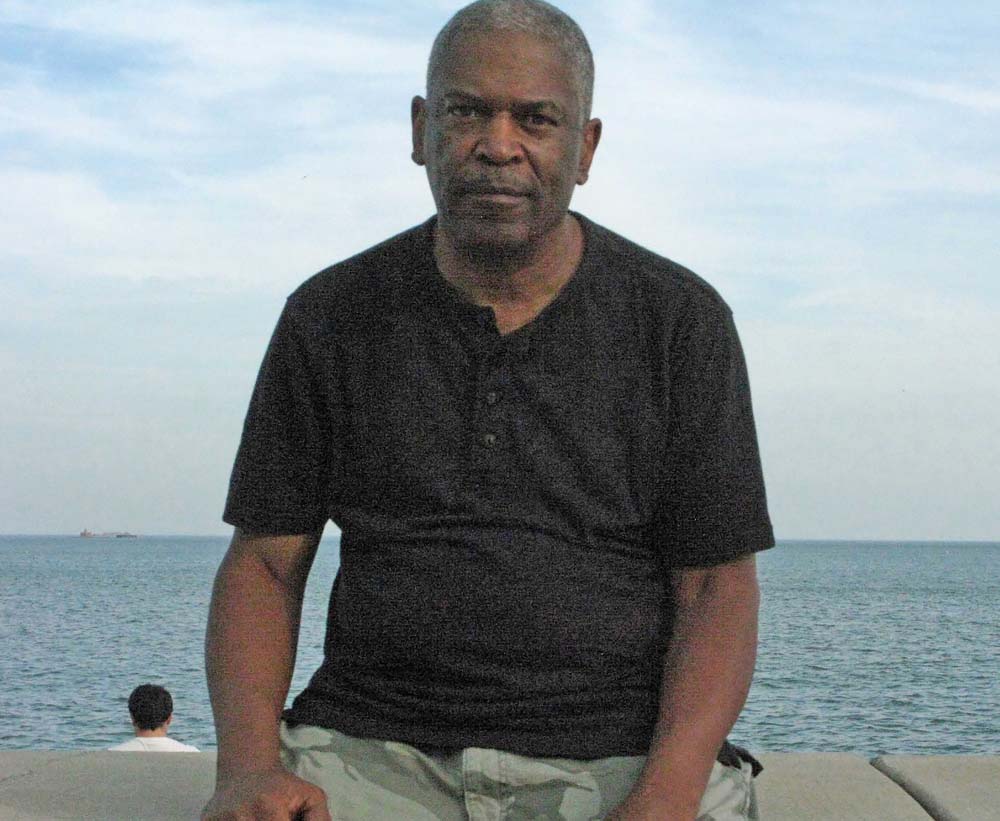I'm a photographer living in Chicago. I discovered photography when I was in high school. My uncle was a photographer, and he showed me what the world looked like through a viewfinder. What I enjoyed the most about it was the freedom to explore the world and then show everyone what I found. When I got a job, I bought my first camera, an Olympus Trip 35, and learned how to use it by taking photographs of family and friends. Basically, anyone who would put up with me taking their picture when they weren't expecting it.
When I was in grammar school, my two sisters and I spent our summer vacations at our grandparents' farm in Michigan. It was there that I experienced what it was like to live close to the land. So, when I thought about what kind of photography I wanted to specialize in, I chose landscape photography. Enchanted by the images taken by Ansel Adams and others, I traveled to the Canadian Rockies for a weeklong workshop where I learned some of the finer aspects of photography and gained confidence as a photographer.
For years, I only shot portraits and landscapes. My interest in street photography began around 2008, when I came across the work of Walker Evans. His vision of the beauty in everyday life led me to other masters like Henri Cartier-Bresson, Vivian Maier, Roy DeCarava, and Wayne Miller. Their humanist approach to photography, to explore what it means to be human, inspired me. It's what I think about when I'm out with my camera and immersing myself in the flow of life, seeking to capture its disillusionment, solitude, and indigence but also the beauty, joy, and everyday wonders.
In September 2021, the Praxis Gallery in Minneapolis chose one of my images for its "Shape of Things," exhibit. It was my first gallery showing.
Statement
One of the best places to take photographs in Chicago is the Lakefront. There, the beaches are strung out along Lake Michigan, from north to south, like pearls on a string, where there are many opportunities to photograph both people and landscapes. The 57th Street Beach is my favorite. It's a small beach with trees at the north and south ends that give it a touch of wilderness. As I photographed there, I noticed the people who came out to the lake in the early morning to engage in creative or spiritual work. As I began photographing them, I got the idea for a project about the power of the lake and the people who go there to resonate with the sky and water and to energize their hopes and dreams.
